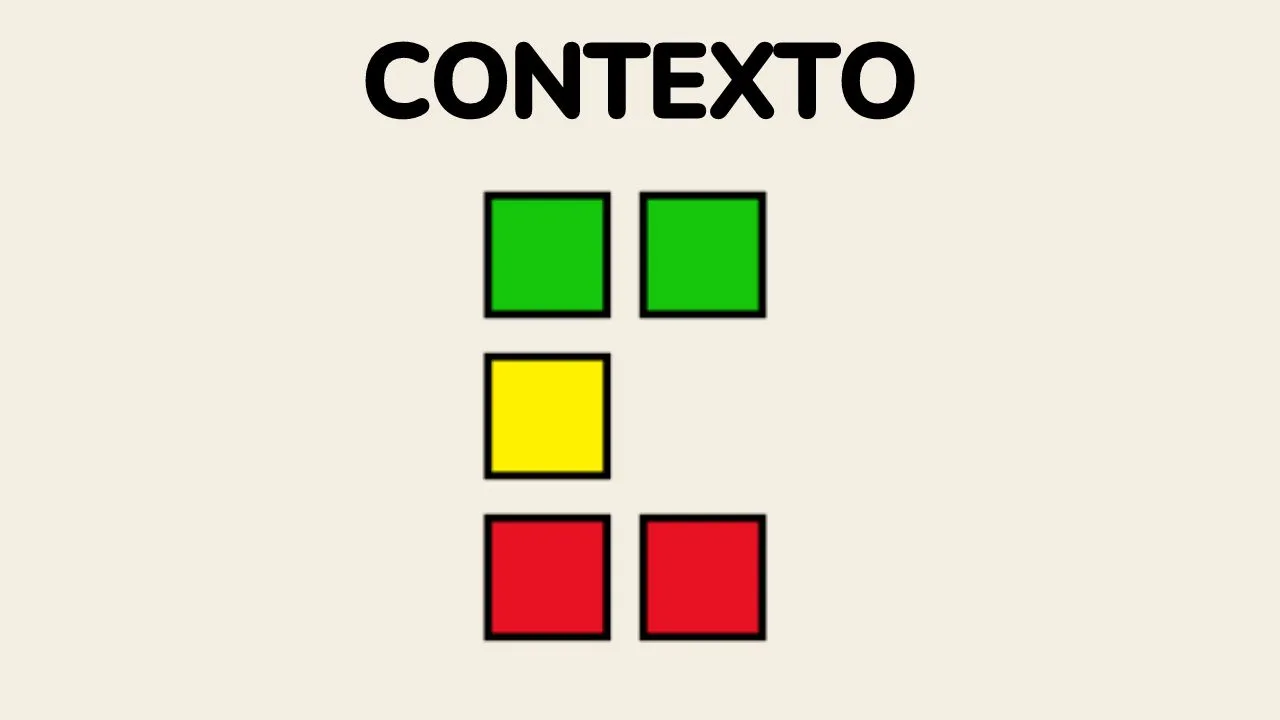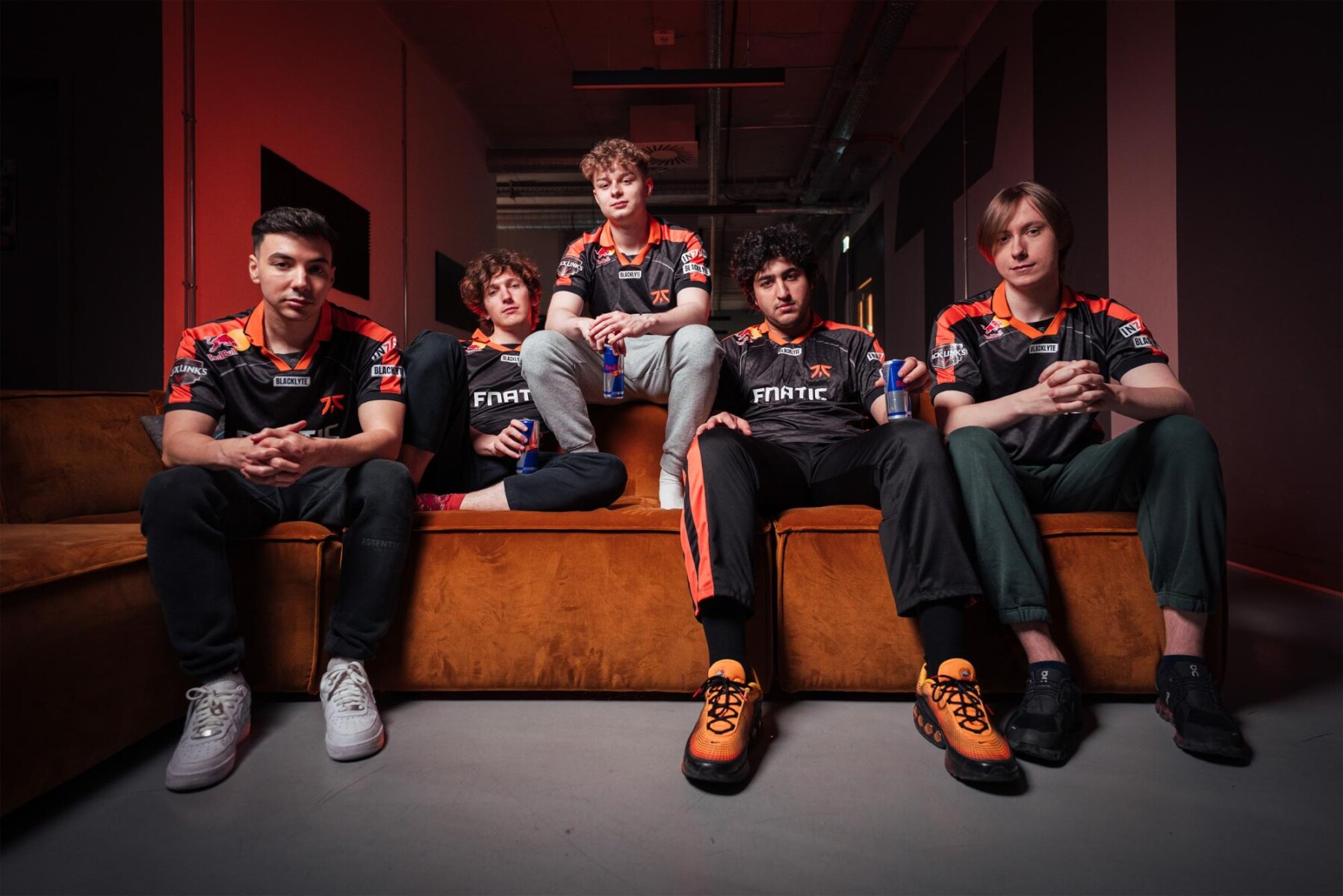What makes a video game an esport? Competitive titles explained
TL;DR A game’s status as an esport rests on its popularity and organized leagues. Well-balanced and fair multiplayer games are the most likely to reach esports status. PvP games are often esports, whereas single-player titles are rarely considered esports. Sustained popularity and community engagement are critical in esports, especially through influential streamers and pro players. … Continued The post What makes a video game an esport? Competitive titles explained appeared first on Esports Insider.


TL;DR
- A game’s status as an esport rests on its popularity and organized leagues.
- Well-balanced and fair multiplayer games are the most likely to reach esports status.
- PvP games are often esports, whereas single-player titles are rarely considered esports.
- Sustained popularity and community engagement are critical in esports, especially through influential streamers and pro players.
- The line between games and esports is fluid; unconventional formats like speedrunning and niche titles (e.g., Farming Simulator, GeoGuessr) are increasingly recognized as esports.
- Esports is projected to grow in popularity in 2025, possibly introducing leagues for more competitive games.
Despite its growing popularity and cultural relevance in 2025, esports is still hard to define. The relationship between gaming and esports – where one stops and the other begins – is often murky. As a result, there are many interpretations of what counts as esports. To define what makes a video game esports material, we must go back to the basics.
Esports, or electronic sports, is sometimes colloquially referred to as competitive gaming. However, not all competitive gaming is considered esports. Despite its popularity with FPS gamers, the Titanfall franchise has never had a major esports league, for example.
This article will dive into what makes a video game an esport and how leagues are started.
What defines an esports game?
Even in video games considered esports, like League of Legends and Counter-Strike, online ranked matches played between ordinary gamers are typically not considered esports. This stands in contrast to traditional sports, where even friendly matches between amateurs are widely considered to be a sports activity.
While exact wording differs, esports is most commonly defined as organized video game competitions played for spectators. These are usually online virtual tournaments or in-person events, played for online viewers or a crowd.
However, not all games that feature competitive gameplay are considered esports titles in popular conception. Rather, the label of esports is typically reserved for games that have sustained established esports scenes surrounding them.
This usually takes the form of regular leagues, tournament circuits, or other competitions that attract large audiences. Games that get updated regularly are prime material for a new esports league, as balancing patches are essential for any multiplayer title.
Athletes can make or break esports
Though the game itself and its popularity are both important factors in becoming an esport, the way athletes and coaches interact with fans can have a huge effect, too. Games with athletes and streamers who interact with their audiences may help increase viewership for a potential esports league.
Professor Jason Chung is a sports researcher who offered unique insight about the development of competitive video games during the Sports & Active Nutrition Summit in 2022. Chung explained that North American esports are centered around popular personalities, who may help grow the esports industry as a whole. He said:
“In North America, esports is all about gamers’ personality and how they engage their audience.”
Game industry expert Alan Chou explained how he believes esports was born in a LinkedIn post from 2019, which includes the addition of popularized story arcs for athletes and teams. He wrote:
“Established sports do a great job of painting a story arc for viewers. There is a beginning, middle, and end. There are heroes and villains, and there are ups and downs. In today’s short-form dominated media, it is harder to do storytelling in a compressed amount of time. But if done correctly, this leads to an emotional payoff at the end. People like that.”
If a community of online personalities can bring a multiplayer game to the forefront of platforms like YouTube and Twitch, viewers can easily transition between watching their favorite streamers casually and rooting for them in a competitive setting.
Examples of esports games
Minecraft allows for player-vs-player combat, which can become competitive, but Minecraft is not generally considered an esports title because the competitive scene in the game is minor. Though individually-owned servers might host the Hunger Games or other casual tournaments, this still isn’t enough to earn esports status in 2025.
Meanwhile, League of Legends is indisputably a dominant esports title as its competitive ecosystem consists of various tournaments and leagues that scale from national to global events, with some of its tier-one competitions attracting millions of spectators.
Gambling and betting, while not an essential criterion for esports, are another factor that helps solidify a game’s presence on the global stage. The most notable leagues will typically appear on esports gambling sites, which bolster their popularity.
Another common criterion is whether the video game has a core focus on competitive game modes. Counter-Strike, Dota 2, VALORANT, Street Fighter, and other leading esports titles all have competitive player-vs-player modes as their core gameplay, for which numerous popular tournaments and leagues exist.
Nonetheless, modest esports scenes have developed around some games without competitive PvP game modes at their core.
How big does a game’s competitive scene need to be to count as an esports?
Ultimately, the question of how big an esports scene has to be before it is considered an esports title is subjective and varies according to the whims of popular opinion. While the subjective elements above are informally agreed upon by many, the consensus of which games count as esports changes over time.
As esports has grown as an industry and phenomenon, the concept has broadened to become more inclusive. These days, many games that are not considered esports titles are developing competitive communities of their own.
Unconventional forms of competition, like speedrunning, are increasingly seen as esports. Speedrunners compete to complete a game or piece of in-game content in the quickest time possible. An example is World of Warcraft’s Race to World First, where players race to beat computer-controlled characters rather than each other.
Niche, not-traditionally-competitive games are developing dedicated esports communities, including Farming Simulator and even GeoGuessr. As chess is more frequently played and broadcast online, the 1500-year-old game is also increasingly seen as an esport.
Is esports’ popularity on the rise?
Yes, esports popularity is on the rise internationally. More viewers are tuning in to each competition, especially for popular games like League of Legends and Counter-Strike.
According to Esports Charts, the League of Legends Worlds in 2024 reached a peak viewership of 6.94 million, up from 2023’s Worlds, which reached around 6.4 million.
A near 10% increase in viewership is massive if it occurs each year. As esports grow in popularity, we may see the creation of additional leagues for less-popular competitive titles, like anime fighters and Nintendo games. Overall, esports viewership is projected to increase in 2025, so this phenomenon should only keep getting bigger.
DemandSage reported that the esports audience is expected to reach a new high of 640 million in 2025, as the total viewership has increased each year. Smaller esports leagues still retain limited viewers, but they’ll likely grow with the industry.
Conclusion
Technically, competitive PvP video games with significant tournament infrastructure form the core of what are considered esports titles. However, players have found ways to make almost any form of video game competitive.
Speedruns are becoming a solid way to compete against other players, while games like League of Legends still occupy the forefront of the esports industry.
Ultimately, it is up to the fan bases that surround each game to decide whether it meets esports criteria, but organizers also need to be involved for new leagues to gain popularity.
Many more games may be considered esports in the future, but for now, they are generally titles that have a large multiplayer scene for solo or team-based competition.
FAQs
Regular competitive tournaments and the organization of leagues internationally typically help mold a multiplayer video game into an esport. Other factors include popularity and the presence of a large online community.
The key features of esports usually include immense popularity, online multiplayer, and regular updates by the game’s developer. Esports games also often have support from their developer or publishers.
The features of an esports title are different from its classification. Typically, an esports game should be well-balanced so that every competitor has a fair chance to win. In addition to skill-based gameplay, an esports game must have an organized structure for its leagues and teams.
References
- https://www.newhaven.edu/news/blog/2022/jason-chung.php (New Haven)
- https://www.linkedin.com/pulse/what-makes-game-esport-title-alan-chou (LinkedIn)
- https://escharts.com/tournaments/lol/2024-world-championship-lol (Esharts)
- https://escharts.com/tournaments/lol/2023-world-championship (Escharts)
- https://www.demandsage.com/esports-statistics/ (DemandSage)
The post What makes a video game an esport? Competitive titles explained appeared first on Esports Insider.


































































































































































































































































